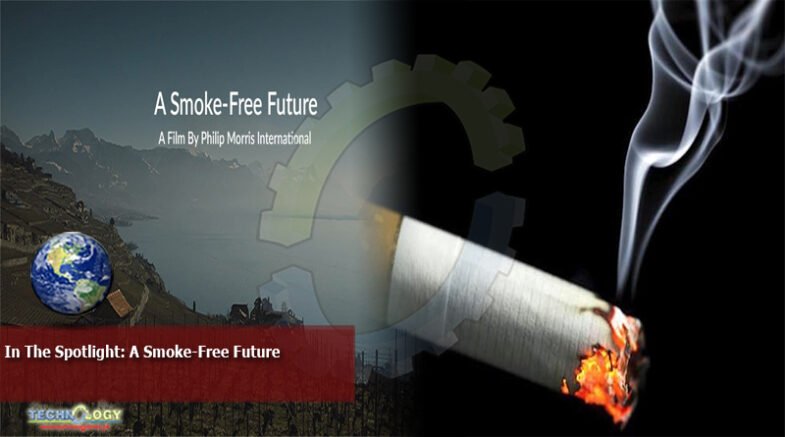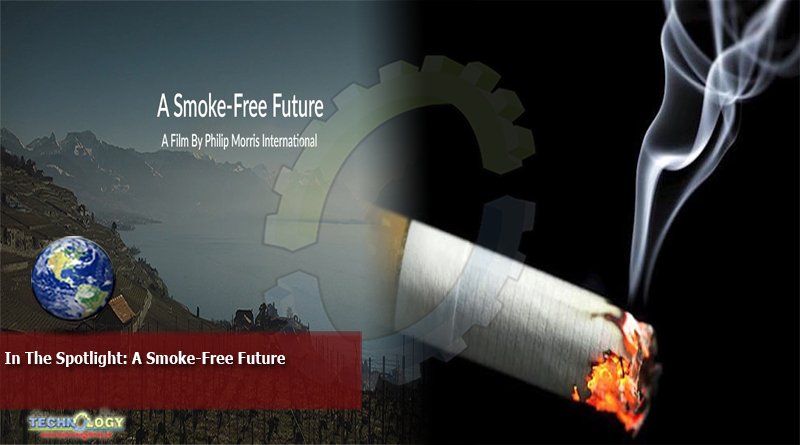In past years, idea of smoke-free environment has taken center stage. companies are joining to educate the benefits of a cleaner tomorrow.

In the past couple of years, the idea of a smoke-free environment has taken center stage. More and more companies are joining hands with civic movements to educate the masses about the benefits of a cleaner tomorrow. One of the main, and often underestimated, threats to the environment is the harmful smoke produced when you smoke a cigarette. Not only is the smoke injurious to the smoker’s health, but it also kick-starts a chain reaction of environmental impacts starting from passive smokers and ending at the already deteriorating health of the planet. So where does the smoke come from? Well, the answer is combustion. Combustion or burning is a chemical reaction that uses heat and oxygen to produce smoke. When you smoke, the toxicants emitted during combustion form liquid and solid particles that, combined with the rest of the emissions, result in smoke that is injurious to health.
Nicotine is addictive and not risk-free, but it’s not the dominant cause of smoking-related diseases. Diseases such as lung cancer, cardiovascular disease, and emphysema are caused primarily by inhaling harmful compounds formed when tobacco burns, that is, during combustion.
While going cold turkey is the best option, many smokers are switching to smoke-free, non-combustible, relatively less harmful alternatives to get their dose of nicotine without the extremely harmful effects caused by the combustion of tobacco. Interestingly, quitting the habit all of a sudden has a success rate of as low as 3% with a high chance of relapse, whereas nicotine replacement therapy (NRT) boasts a success rate of 6 –15%. Nicotine replacement therapy products come in different forms like patches, gum, lozenges, spray, and inhaler. In addition to that, smokers also have the option to choose ‘heat-not-burn’ products (HTP) that heat tobacco via a battery-powered heating system at a lower temperature instead of burning it.
Governments and health focused organizations all over the world have joined forces to save smokers as well as passive smokers from the plague of tobacco use. The government of Pakistan is an active member of the World Health Organization Framework Convention on Tobacco Control (WHO FCTC) since 2005. With their support, Pakistan has successfully executed MPOWER – a policy package that aids countries in implementing laws and regulations to lower the demand for tobacco.
These sustainable tobacco control policies resulted in several bans across the country. These include a ban on advertising tobacco and tobacco-related products both in print and electronic media, a ban on smoking in closed public places and public transport, a ban on selling cigarettes to minors and, a ban on shisha and related substances in restaurants. However, the problem only rises when bans are set in place. Instead, there is a need for stringent regulations and their implementation, especially to provide adult smokers with reduced risk alternatives such as e-cigarettes, heated tobacco products and the likes.
Parliamentary Secretary for National Health Services (NHS) Doctor Nausheen Hamid shared that the government is looking forward to collaborating with tobacco control advocates to trim down the burden on the health sector caused by tobacco use. According to the study by WHO, more than 163,000 people die of tobacco-attributable diseases such as cardiovascular diseases, respiratory diseases, and 12 types of cancers. With an active dialogue on regulating alternative products to adult smokers, providing them with science backed data to make informed decisions to lower health risks to themselves is a big part of this collaboration. With easy access to relatively less harmful, smoke-free alternatives and tobacco cessation services in the future, breaking the habit will be much easier for smokers in Pakistan. Many organizations and corporations are also working tirelessly with regulatory bodies to create awareness on the hazards of smoking and its impacts on the economy and environment to build a smoke-free tomorrow for generations to come. Undoubtedly, Pakistan like countries such as UK and Japan can be on its way to recovery and ready to exit the list of high-burden, tobacco-use countries by regulating alternative products with heat not burn and similar technologies with a proper framework in place.
